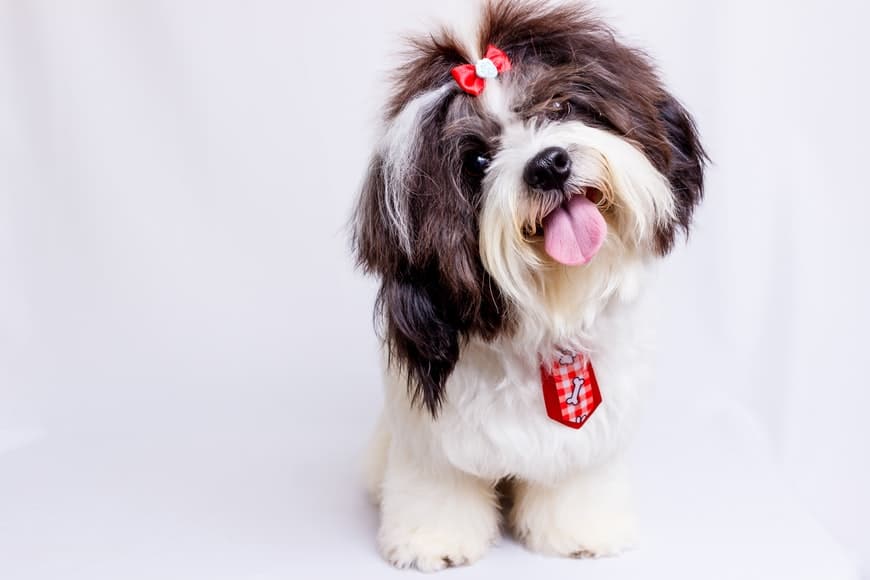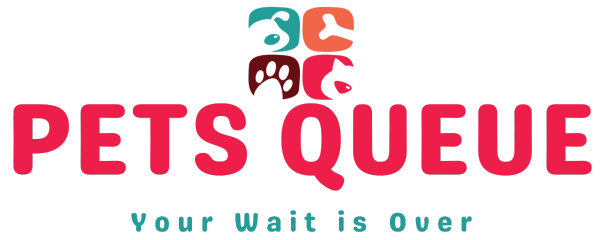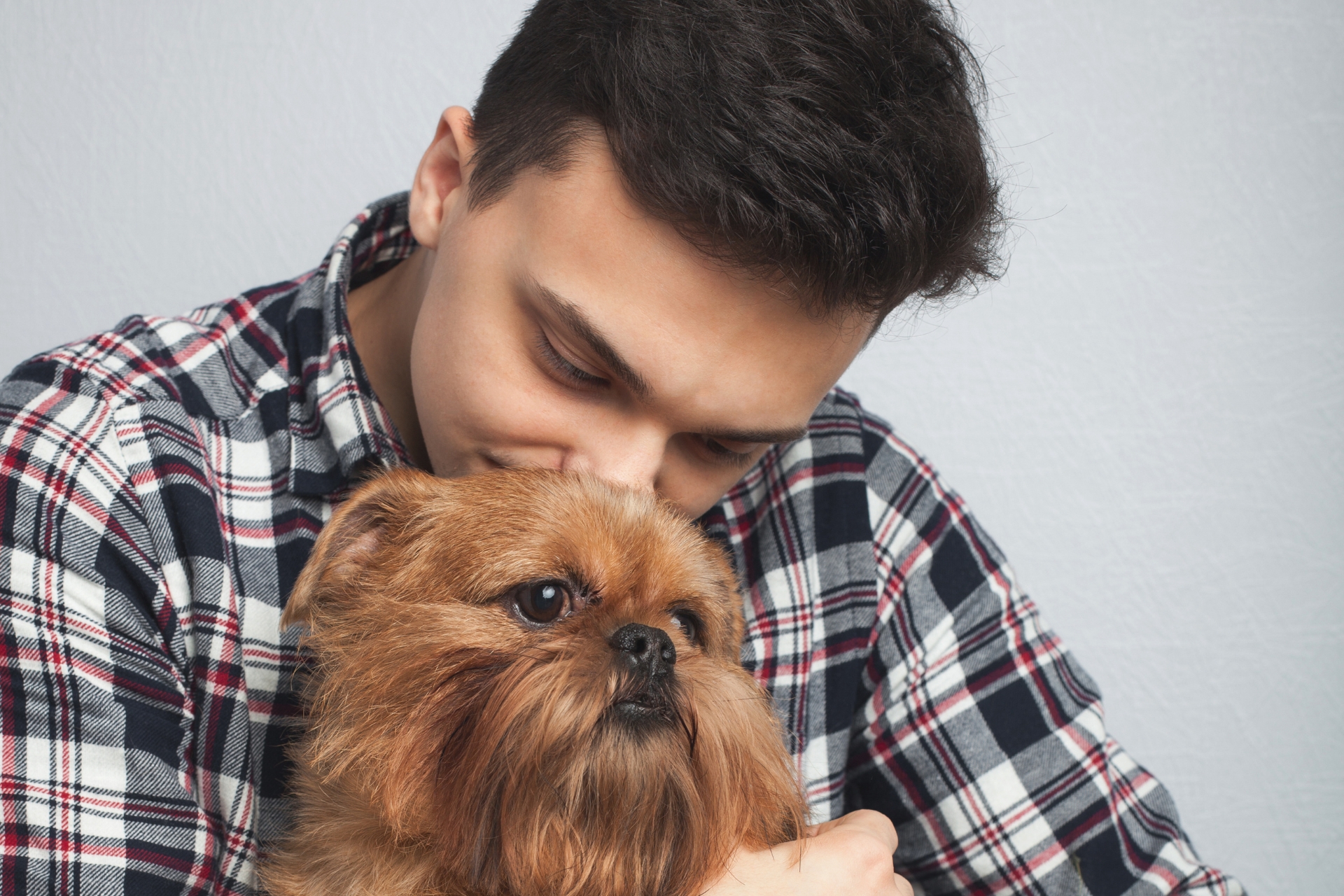Most Important Dog Grooming FAQs [Ask Any Questions and Get Answered!]
Dog grooming FAQs cover a range of questions related to the grooming needs and care of dogs. Learn about the essential grooming practices for dogs and the benefits of professional grooming services.
The process of grooming your dog can contribute to their overall health and well-being. Let’s explore the common questions and concerns that dog owners have about grooming their furry companions.

Credit: smoochie-pooch.com
Frequently Asked Questions On Dog Grooming Faqs
- How often should I groom my dog? The frequency of grooming depends on your dog’s breed, coat type, and individual needs. Generally, most dogs benefit from regular grooming sessions every 4-8 weeks. Some breeds with longer hair or specific grooming requirements may need more frequent grooming.
- What should I do if my dog hates being groomed? If your dog dislikes grooming, it’s important to approach the process with patience and positive reinforcement. Gradually introduce grooming activities in short sessions, offer treats and praise, and give your dog breaks when needed. Consider seeking professional help or using desensitization techniques to help your dog become more comfortable with grooming over time.
- Are there any specific grooming techniques for different dog breeds? Yes, different dog breeds may require specific grooming techniques. For example, long-haired breeds may need more frequent brushing to prevent mats, while short-haired breeds may benefit from occasional brushing to reduce shedding. Research or consult a professional groomer to learn about the specific grooming needs of your dog’s breed.
- Can I groom my dog at home or should I seek professional grooming services? You can groom your dog at home if you have the necessary skills, tools, and knowledge about your dog’s specific grooming needs. However, some dogs with complex grooming requirements or behavioral issues may benefit from professional grooming services. Consider your abilities and your dog’s needs when deciding whether to groom at home or seek professional help.
- How can I prevent my dog from getting mats in their fur? Regular brushing is key to preventing mats in your dog’s fur. Brushing removes tangles and loose hair, preventing them from forming mats. Use a suitable brush or comb for your dog’s coat type and be sure to reach all areas, especially behind the ears, under the armpits, and around the tail.
- What are some signs of skin issues that may require veterinary attention? Signs of skin issues in dogs can include excessive itching, redness, inflammation, hair loss, sores, scabs, lumps, bumps, or a change in the texture or appearance of the skin. If you notice any of these signs or if your dog is continuously scratching or licking certain areas, it’s important to consult with a veterinarian for proper diagnosis and treatment.
- How often should I clean my dog’s ears and what products should I use? The frequency of ear cleaning depends on the individual dog, but generally once every 1-2 weeks is sufficient for most dogs. Use a veterinarian-approved ear cleaning solution and cotton balls or pads to gently wipe away dirt and debris from the outer ear. Avoid inserting anything deep into the ear canal to prevent injury.
- Are there any specific grooming tips for puppies or senior dogs? Puppies and senior dogs may require special attention during grooming. For puppies, start introducing them to grooming gradually and make it a positive experience. For senior dogs, consider their comfort and mobility limitations during grooming sessions. Adjust the grooming routine as needed to accommodate their specific needs.
- What are some recommended grooming tools for different coat types? The recommended grooming tools vary depending on your dog’s coat type. Some common tools include slicker brushes, pin brushes, combs, shedding tools, nail trimmers, and ear cleaning solutions. Research or consult a professional groomer to select the appropriate tools for your dog’s coat type.
- How can I make the grooming experience more enjoyable for my dog? To make the grooming experience enjoyable for your dog, create a calm and comfortable environment, use positive reinforcement techniques such as treats and praise, and take breaks if your dog becomes stressed or anxious. Gradually introduce them to grooming activities and associate it with positive experiences. Additionally, consider using gentle handling techniques and providing distractions such as toys or treats during grooming sessions.
What Is Rule #1 For Grooming A Dog?
Regular and proper grooming is vital for a dog’s health and happiness. Rule #1 is to brush and comb your dog’s coat regularly to prevent mats and tangles, and to keep the skin and hair in good condition. This also helps to reduce shedding and keeps your dog looking and feeling their best.
What Are The 7 Steps Of Grooming A Dog?
The 7 steps of grooming a dog are brushing, bathing, drying, trimming nails, cleaning ears, brushing teeth, and trimming hair. Start by brushing the dog’s coat to remove tangles, then bathe with dog shampoo, dry thoroughly, trim nails, clean ears, brush teeth, and finally trim any excess hair.
What Should You Not Do When Grooming A Dog?
When grooming a dog, do not use scissors close to the skin, bathe too frequently, neglect nail trimming, ignore ear cleaning, or rush the process. These practices can cause injury or discomfort to your pet.
Is It Rude Not To Tip Dog Groomer?
Not tipping your dog groomer may be considered rude, as it is customary to show appreciation for their service. Tipping demonstrates gratitude for their hard work and can help build a good relationship.
To keep your dog well-groomed, brush them regularly and bathe them when needed. Use the right grooming tools and techniques to avoid any skin irritation or discomfort for your furry friend.
Dog grooming plays a crucial role in maintaining the health and appearance of your pet. Proper grooming not only keeps your dog looking and smelling good but also helps to prevent skin issues and other health problems. It’s an essential part of responsible pet ownership and strengthens the bond between you and your dog.
Whether you choose to groom at home or use professional services, understanding the basics of dog grooming will ensure a happy and healthy pup.

Credit: www.cbc.ca
Choosing The Right Dog Grooming Tools
Choosing the right dog grooming tools is essential for keeping your pup looking and feeling their best. With the right equipment, you can maintain your dog’s coat, nails, and overall grooming needs efficiently. From brushes to shampoos to nail trimmers, the tools you select play a crucial role in ensuring your furry friend’s well-being. Let’s delve into the essential aspects of choosing the right grooming tools for your dog.
Understanding The Importance Of Proper Grooming
Proper grooming is vital for your dog’s health and hygiene. Regular grooming not only keeps your dog’s coat shiny and free of mats but also helps in early detection of skin issues, ticks, or fleas. It also fosters a strong bond between you and your pet. Investing in the right grooming tools will make this process enjoyable for both you and your furry friend.
Brushing Techniques For Different Coat Types
Brushing is crucial for maintaining your dog’s coat, but the technique varies based on the coat type. For short-haired dogs, a soft-bristle brush works wonders, while long-haired breeds benefit from slicker brushes to prevent mats and tangles. Wiry coats require a pin brush to reach the undercoat. Regular brushing not only keeps the coat healthy but also promotes proper blood flow and natural oil distribution to keep the fur lustrous and healthy.
Selecting The Best Shampoo And Conditioner For Your Pup
Using the right shampoo and conditioner is essential for your dog’s skin and coat health. Choosing products that are hypoallergenic, pH-balanced, and free from harsh chemicals is crucial to prevent skin irritations and maintain coat shine. Different breeds and skin types require specific formulations, so it’s important to consult with your veterinarian or a professional groomer to find the best products for your dog’s individual needs.
Safely Trimming Nails And Managing Ear Care
Safely trimming your dog’s nails and managing ear care are important aspects of grooming. Using quality nail trimmers and learning how to properly trim your dog’s nails without causing discomfort or injury is key. Similarly, using ear cleaning solutions and cotton balls specifically designed for dogs can help prevent ear infections. Proper care and attention to these areas will ensure your furry friend stays comfortable and healthy.
Establishing A Regular Grooming Routine
Establishing a regular grooming routine is crucial for the overall well-being and health of your furry friend. By making grooming a consistent part of their routine, you can ensure that your dog stays clean, comfortable, and healthy. In this guide, we’ll explore the key aspects of establishing a regular grooming routine, including creating a stress-free grooming environment, introducing puppies to grooming, establishing a regular bathing schedule, and maintaining dental hygiene for healthy teeth and gums.
Creating A Stress-free Grooming Environment
Grooming can be an anxiety-inducing experience for some dogs. To create a stress-free environment:
- Choose a quiet, well-lit area for grooming
- Introduce your dog to grooming tools gradually
- Use positive reinforcement and rewards during grooming sessions
Introducing Puppies To Grooming
It’s essential to introduce grooming to puppies in a gentle and positive manner:
- Start with short grooming sessions to gradually acclimate them
- Use puppy-friendly grooming tools
- Reward them with treats and praise to create a positive association with grooming
Establishing A Regular Bathing Schedule
To establish a regular bathing schedule:
- Consider your dog’s breed and coat type to determine the frequency of bathing
- Use a dog-specific shampoo and conditioner to maintain their skin and coat health
- Thoroughly dry your dog after bathing to prevent skin issues
Maintaining Dental Hygiene For Healthy Teeth And Gums
To keep your dog’s teeth and gums healthy:
- Brush their teeth regularly with a dog-friendly toothbrush and toothpaste
- Provide dental chews or toys to promote good oral hygiene
- Schedule regular dental check-ups with your veterinarian
Addressing Common Grooming Challenges
Keeping your furry friend looking and feeling their best involves navigating through various grooming challenges. Addressing these challenges is crucial in maintaining your dog’s hygiene and overall well-being. Let’s delve into some common grooming issues and how to manage them effectively.
Managing Shedding And Dealing With Mats And Tangles
Shedding, mats, and tangles are common grooming challenges faced by many dog owners. To manage shedding, regular brushing with a high-quality de-shedding tool can help remove loose fur and minimize shedding around the home. For mats and tangles, using a detangling spray and a wide-tooth comb can loosen and remove the knots without causing discomfort to your pup.
Handling Skin And Coat Issues
A healthy coat and skin are essential for your dog’s overall well-being. In case of skin or coat issues, seek advice from a professional groomer or veterinarian. They can recommend specialized shampoos, conditioners, or dietary adjustments tailored to your dog’s specific needs, helping to address and prevent skin and coat problems effectively.
Understanding The Significance Of Regular Vet Check-ups
Regular vet check-ups play a vital role in your dog’s grooming routine. A veterinarian can identify and address any underlying health issues that may impact your dog’s grooming needs. By staying up-to-date with vaccinations, heartworm prevention, and overall health assessments, you can ensure your pup is in optimal condition for grooming.
Grooming Tips For Older Dogs And Dogs With Special Needs
Older dogs and those with special needs may require extra care during grooming. Ensuring a comfortable grooming environment, using gentle grooming techniques, and providing extra support for mobility-impaired dogs are essential. Additionally, consider consulting with your vet or a professional groomer to tailor the grooming routine according to your dog’s specific requirements.
Grooming Your Pup Like A Pro
Keeping your furry friend looking and feeling their best can be a delightful bonding experience for both of you. By mastering professional grooming techniques, expressing anal glands safely and effectively, perfecting the art of hair trimming and clipping, and enhancing grooming results with finishing touches and accessories, your pup will dazzle with their well-groomed appearance. Here are some FAQs to help you become a pro at grooming your pup!
Mastering Professional Grooming Techniques
Mastering professional grooming techniques is essential for giving your pup that polished look. Brushing your dog’s coat regularly to prevent matting and tangles, trimming their nails, as well as cleaning their ears and teeth are all part of mastering these essential techniques.
Tips For Expressing Anal Glands Safely And Effectively
Expressing anal glands safely and effectively can be a daunting task, but it’s important for your pup’s health and comfort. If your dog is scooting or showing signs of discomfort, it may be time to express their anal glands. Always consult with a professional groomer or vet to learn the proper technique.
Perfecting The Art Of Hair Trimming And Clipping
Perfecting the art of hair trimming and clipping requires practice and patience. Invest in high-quality grooming tools and always trim in the direction of hair growth to achieve a professional finish. Keep the sessions short and fun to prevent your pup from becoming anxious.
Enhancing Grooming Results With Finishing Touches And Accessories
Enhance grooming results with finishing touches and accessories to give your pup that extra flair. From stylish bandanas to elegant bows, there are numerous options to add a touch of personality to your pet’s grooming routine. Remember to always prioritize your pup’s comfort and safety when introducing new accessories.
Frequently Asked Questions For Dog Grooming Faqs
What Is Rule #1 For Grooming A Dog?
The first rule for grooming a dog is to ensure regular brushing and grooming to maintain a healthy coat and skin. This helps to prevent matting, reduces shedding, and promotes bonding with your pet.
What Are The 7 Steps Of Grooming A Dog?
The 7 steps of grooming a dog are brushing the coat, bathing, drying, trimming nails, cleaning ears, brushing teeth, and trimming fur. This process keeps your dog healthy and looking its best. Regular grooming also helps to prevent mats, tangles, and skin issues.
What Should You Not Do When Grooming A Dog?
When grooming a dog, do not use human shampoo as it can irritate their skin. Avoid cutting nails too short to prevent bleeding. Don’t neglect ear care to prevent infections. Avoid using a harsh brush that can hurt the dog’s skin.
Do not rush, take your time.
Is It Rude Not To Tip Dog Groomer?
It is considered polite to tip your dog groomer, as they provide a service.
Conclusion
Understanding the basics of dog grooming is essential for keeping your furry friend healthy and happy. By addressing common FAQs, you can ensure that you are properly caring for your dog’s grooming needs. With these insights, you are equipped to provide the best grooming experience for your beloved pet.

